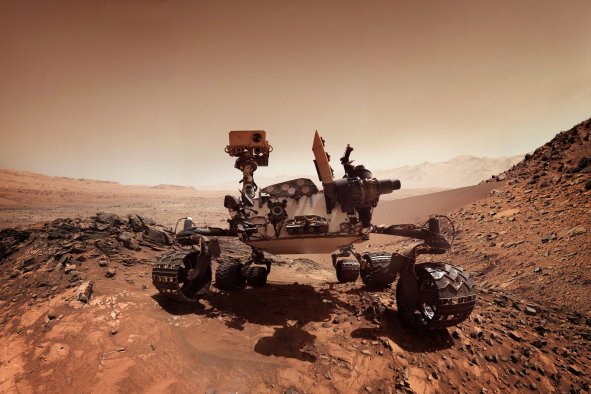Tesla CEO Elon Musk made a striking claim on Tuesday that humanoid robots will surpass the human population by 2040, suggesting a future with over 10 billion such robots.
Speaking at the Future Investment Initiative summit in Saudi Arabia, Musk said these robots, able to "do anything," would cost between $20,000 and $25,000, making them accessible beyond industrial applications. However, industry experts have expressed deep skepticism, questioning both the technological feasibility and the practicality of such a vision.
Angelo Cangelosi, a professor of machine learning and robotics at the U.K.'s University of Manchester, cast doubt on Musk's forecast, describing it as "definitely not realistic."
Cangelosi, whose work centers on the social interactions and industrial applications of humanoid robots, argued that a single, universally capable robot—even one that could perform a range of human tasks—is unlikely within this time frame.
"It is possible that given the long timescale of 25 years, many technological revolutions can happen," Cangelosi told Newsweek. "They will be able to do complex tasks; they will only be specialized in a subset of tasks. Not at all humanlike."
Tesla has already begun showcasing prototypes of its humanoid robot Optimus. Footage on X (formerly Twitter) shows these robots performing limited tasks, such as navigating autonomously, carrying trays and serving food.
While these demonstrations are visually impressive, Cangelosi cautioned that such videos can be misleading. What they don't show, he said, are the hundreds of attempts behind every successful action.
"We appreciated it happens once, so it means that it can actually do this. But then we need to understand how to make sure that it happens 90 percent of the time, not thousands of a percent of the time," he said.
Experts have also questioned the need for 10 billion robots on the planet. Cangelosi pointed out that the whole premise of robotic efficiency is that fewer robots are needed because each one can perform multiple roles efficiently.
"This is the whole point in a factory for manufacturing. For building cars, you have fewer robots than the workers because a robot can do many more things. So then it doesn't really matter how many robots are there," he said.
Affordability presents another obstacle. Even at Musk's ambitious $20,000 price point, the vast majority of the global population would be unable to purchase such robots for personal or household use.
Musk admitted that his predictions often reflect optimism, acknowledging the uncertainties surrounding this timeline.
"When I make a prediction, I try to say, 'What is the fiftieth percentile likely,' which means that half the time I should be wrong," he said.
Do you have a tip on a science story that Newsweek should be covering? Do you have a question about humanoid robots? Let us know via science@newsweek.com.
Disclaimer: The copyright of this article belongs to the original author. Reposting this article is solely for the purpose of information dissemination and does not constitute any investment advice. If there is any infringement, please contact us immediately. We will make corrections or deletions as necessary. Thank you.



